Mazda Seeks 50 Percent Better Fuel Economy by 2020

Mazda is working with a new ignition process in hopes of improving the fuel efficiency of its gasoline engines by 50 percent.
Currently, the efficiency of the Japanese automaker’s gasoline engines is a healthy 40 percent, but Mazda is aiming to improve that figure to 60 percent by 2020.
According to Autocar, Mazda is developing its homogeneous charge compression ignition technology (HCCI), where the mixture is ignited by compression rather than a spark, similar to a diesel engine. As a result, the technology will require raising the compression ratio from about 14.0:1 to 18.0:1 with a precise control of the combustion chamber in order to avoid engine knock. Mazda hopes the technology combines the cleaner emissions of a gasoline engine with the fuel economy of a diesel.
SEE ALSO: 2016 Mazda CX-3 Fuel Economy Announced
That’s not all Mazda is doing, as the Skyactiv engine program is also investigating how to reduce heat lost through the exhaust system, which typically saps about 30 percent of the fuel’s energy. Mazda is investigating numerous solutions to the problem but can’t say which will become production.
Most recently, Mazda announced a partnership with Toyota that could lead to a plug-in hybrid model, although the automaker believes its traditional gasoline cars could eventually match the performance of an electrified vehicle for wheel-to-wheel efficiency.
[Source: Autocar]
Discuss this story at our Mazda forum

Jason Siu began his career in automotive journalism in 2003 with Modified Magazine, a property previously held by VerticalScope. As the West Coast Editor, he played a pivotal role while also extending his expertise to Modified Luxury & Exotics and Modified Mustangs. Beyond his editorial work, Jason authored two notable Cartech books. His tenure at AutoGuide.com saw him immersed in the daily news cycle, yet his passion for hands-on evaluation led him to focus on testing and product reviews, offering well-rounded recommendations to AutoGuide readers. Currently, as the Content Director for VerticalScope, Jason spearheads the content strategy for an array of online publications, a role that has him at the helm of ensuring quality and consistency across the board.
More by Jason Siu



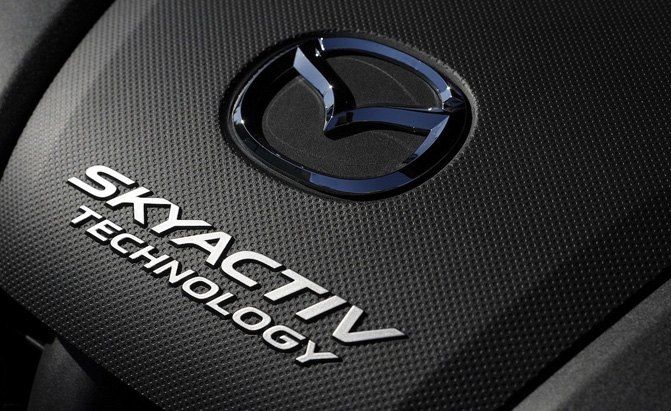

















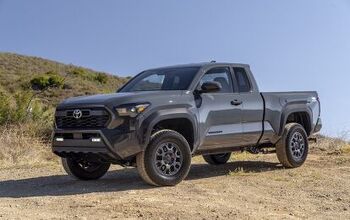




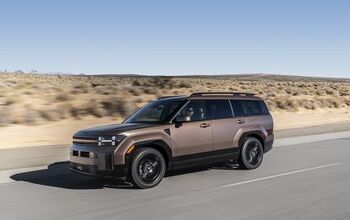
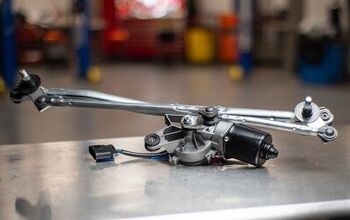

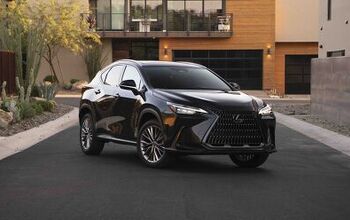

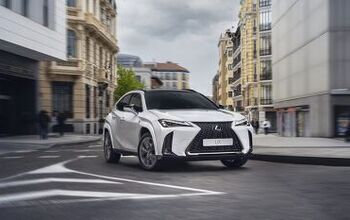
Comments
Join the conversation
They could use/apply their I-eloop thru out their entire range which uses regenerative braking to power their accessories, may even incorporate a push to pass button for emergency thrust power! But the former is a better reason. Capacitors are better than batteries for space but if they can incorporate both it would be the best of worlds!
They should invest some of this money in improving their bumpy suspension, all-wheel drive, and improving rust resistance.